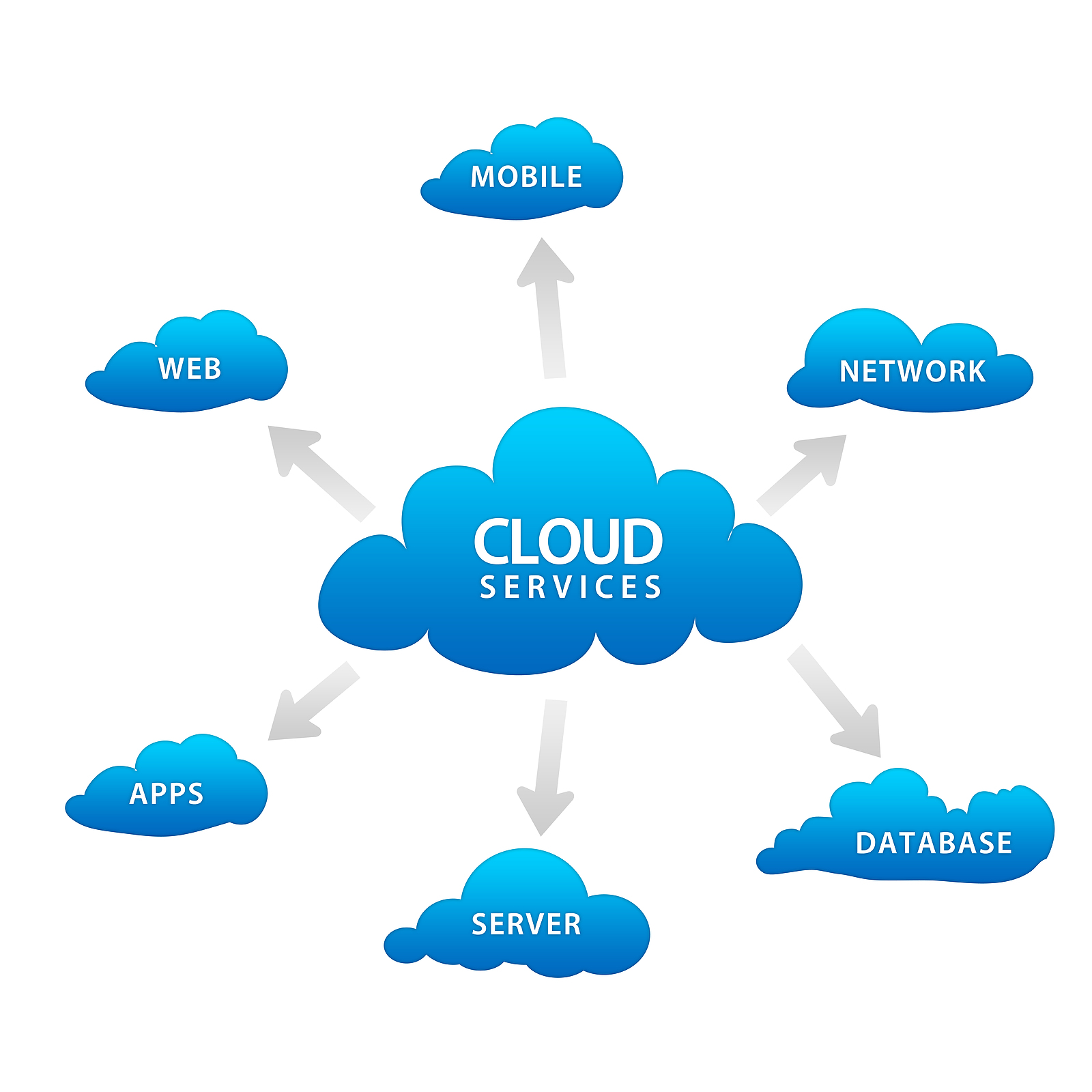Universal Cloud Service: Comprehensive Solutions for Data Monitoring
Wiki Article
Drive Innovation: Taking Advantage Of the Power of Cloud Solutions
In the hectic landscape of contemporary company, using the power of cloud solutions has ended up being a critical element for organizations aiming to drive advancement and maintain an one-upmanship. The capacity to range resources dynamically, take on sophisticated innovations seamlessly, and streamline development processes efficiently can considerably impact an organization's capacity to introduce and adapt. As we discover the detailed connection in between cloud solutions and technology, intriguing insights on just how cloud remedies revolutionize typical organization practices and pave the means for groundbreaking improvements will certainly be disclosed.Advantages of Cloud Provider
Cloud solutions offer countless benefits to people and companies looking for adaptable and efficient services for their electronic needs. One of the vital benefits of making use of cloud services is the cost-effectiveness they offer. By moving to the cloud, organizations can eliminate the demand for costly on-premises hardware and upkeep costs, instead going with a pay-as-you-go model that lines up with use. This scalability permits services to readjust resources based upon demand, resulting in ideal cost administration.Furthermore, cloud solutions boost ease of access and cooperation among teams. With information saved in the cloud, staff members can securely access documents and applications from anywhere with a web link, promoting remote work capacities and increasing performance. Real-time collaboration features make it possible for multiple customers to work with files all at once, fostering smooth teamwork no matter physical area.
Another advantage of cloud services is the boosted data safety and calamity recuperation they supply. Cloud providers carry out sophisticated safety and security steps to shield data from cyber threats, making certain conformity with market laws. Additionally, automatic backups and recovery services lessen the danger of information loss due to unanticipated occasions, supplying comfort to individuals.
Cloud Migration Methods
Transitioning to cloud services entails thorough planning and calculated execution to make sure a effective and smooth movement procedure. There are numerous cloud migration approaches that companies can consider when moving their operations to the cloud. The 'Replatform' approach involves making some cloud optimizations throughout migration, such as updating the application design to take benefit of cloud-native attributes.Enhancing Cooperation in the Cloud
Enhancing team cooperation via cloud-based devices can considerably boost efficiency and simplify communication within organizations. By leveraging cloud solutions, teams can function together perfectly regardless of their physical locations, enabling real-time collaboration on tasks.
Security Considerations for Cloud Fostering
How can organizations make certain the robust protection of their information when taking on cloud services? Safety factors to consider are paramount in the fostering of cloud services. To secure information, organizations should first carry out a detailed threat analysis to identify potential susceptabilities and hazards. Applying solid encryption methods check here for data both en route and at rest is essential. Accessibility control mechanisms ought to be put in area to limit unauthorized access, and multi-factor authentication can include an additional layer of safety. Routine security audits and tracking of the cloud atmosphere assistance in spotting and alleviating any security breaches quickly.
Cloud-Native Technology Practices
In the realm of cloud computing, accepting cloud-native technology practices is important for companies aiming to maximize their digital framework and enhance functional efficiency. Cloud-native innovation practices involve creating applications particularly for cloud atmospheres, leveraging the scalability, flexibility, and dexterity that cloud services use. Deliberately applications with cloud-native concepts in mind, such as microservices architecture, containerization, and orchestration, organizations can simplify their development procedures, enhance source application, and react a lot more properly to altering market demands.Moreover, cloud-native development methods advertise continual combination and constant shipment (CI/CD) pipelines, page allowing automated screening, implementation, and monitoring of applications. This iterative strategy fosters faster advancement cycles and boosts total software application quality. Furthermore, the usage of serverless computer and managed solutions allows organizations to focus on creating core organization functionalities while offloading framework administration tasks to shadow company.
Basically, embracing cloud-native innovation techniques empowers companies to drive advancement, increase time-to-market, and remain competitive in today's rapidly evolving electronic landscape.
Conclusion

As we explore the detailed partnership between cloud services and technology, interesting insights on just how cloud services transform typical service techniques and lead the method for groundbreaking innovations will certainly be exposed. - linkdaddy cloud services
There are several cloud movement strategies that companies can consider when moving their procedures to the cloud. Cloud-native advancement methods include developing applications particularly for cloud settings, leveraging the scalability, adaptability, and agility that cloud services use. In addition, the use of serverless computing and handled solutions enables companies to concentrate on creating core business performances while unloading facilities monitoring jobs to cloud service suppliers.
It is crucial for firms to think about cloud movement approaches, boost collaboration in the cloud, and prioritize safety and security procedures to make certain successful adoption of cloud solutions and drive innovation within their organization.
Report this wiki page